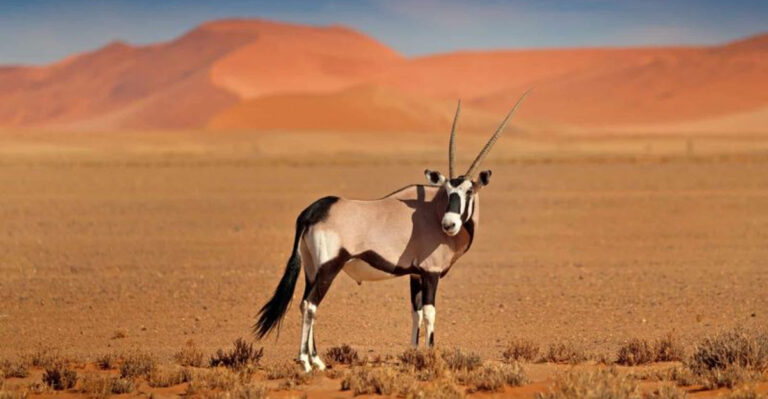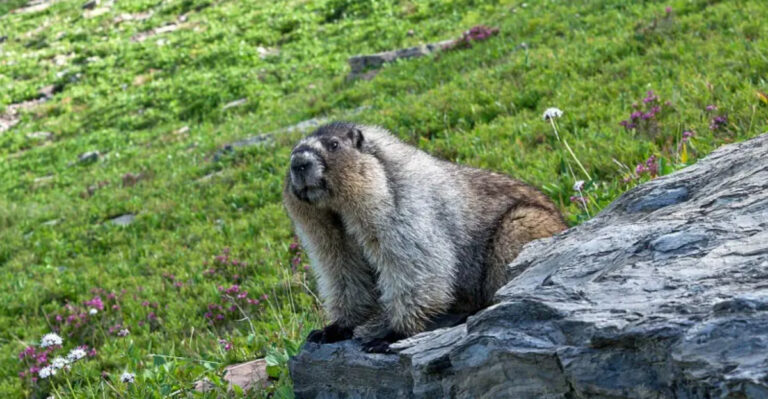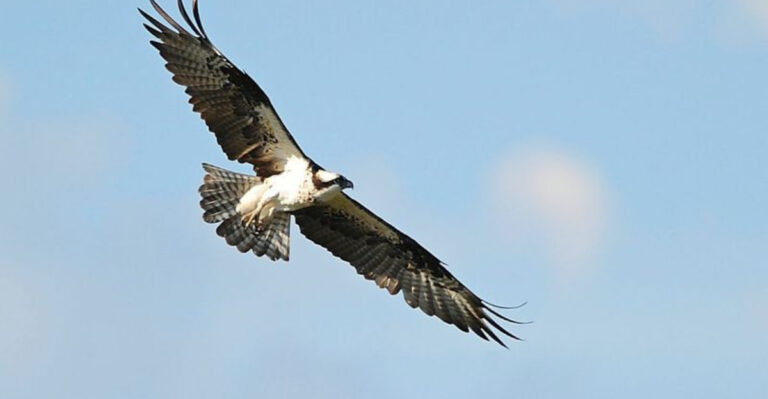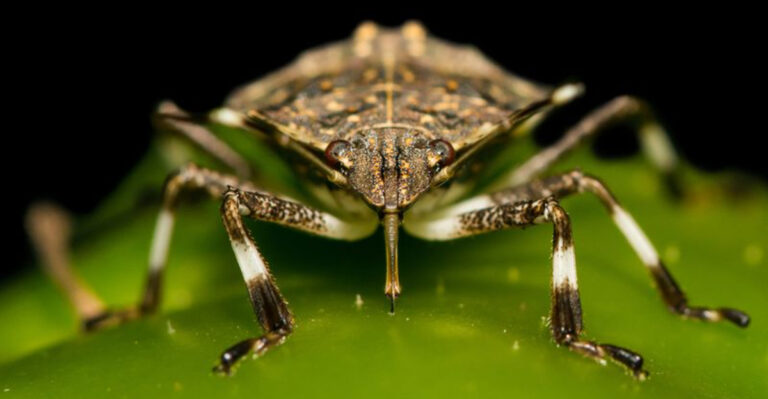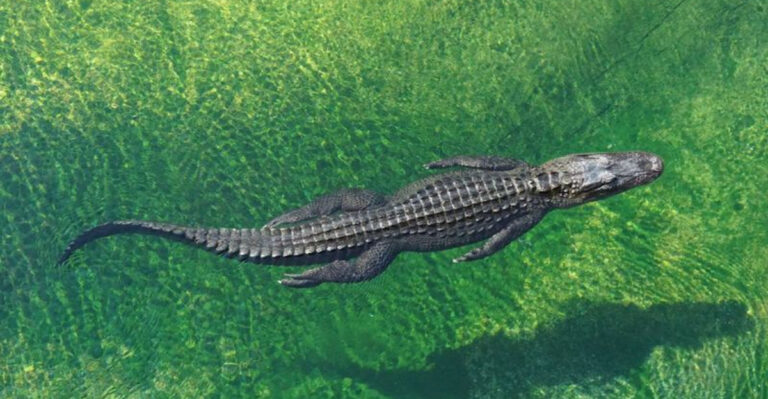Why Are There No Tigers, Bears, Alligators, And Jaguars In Africa?
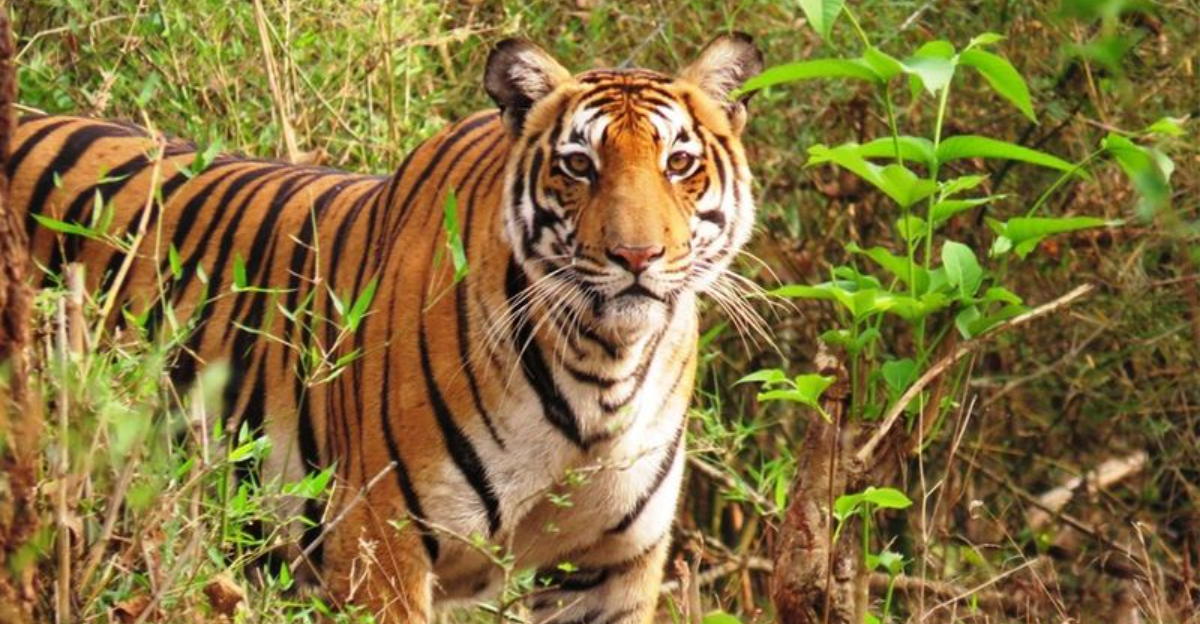
When we think of Africa’s wildlife, lions, elephants, and giraffes often come to mind. But have you ever wondered why tigers, bears, alligators, and jaguars aren’t part of Africa’s animal kingdom?
It’s not just a random coincidence – there are fascinating scientific reasons behind their absence. Let’s explore the evolutionary history, geographical barriers, and ecological factors that explain why these powerful predators never made Africa their home.
Continental Drift Separated Populations
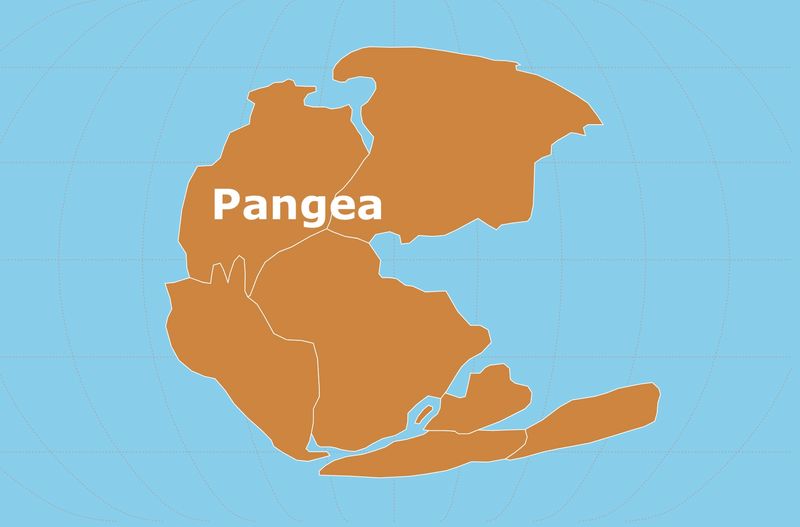
Millions of years ago, all continents were connected in a supercontinent called Pangaea. When this landmass began breaking apart about 175 million years ago, animal populations became isolated on different continents.
This massive geological event happened before many modern species evolved. Tigers, jaguars, and certain bear species developed after Africa had already separated from other landmasses, making migration between continents impossible without human intervention.
The timing of continental drift essentially locked certain animal lineages onto specific continents, creating the distinct wildlife regions we see today.
Tigers Evolved In Asia
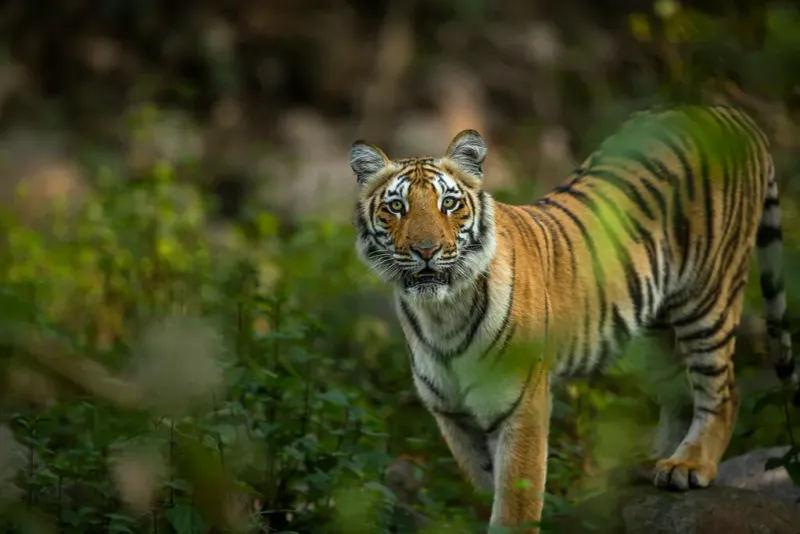
Tigers originated in eastern Asia approximately 2 million years ago, long after Africa had separated from the Asian landmass. These magnificent cats evolved specifically to thrive in Asian habitats, from Siberian forests to tropical jungles.
Their evolutionary journey never included African territories. Natural barriers like oceans, mountains, and deserts prevented tigers from expanding their range to Africa, even during ice ages when sea levels were lower.
Without a land bridge connecting Asia to Africa, tigers simply had no pathway to migrate, keeping them exclusively on the Asian continent.
The Sahara Desert Created A Barrier
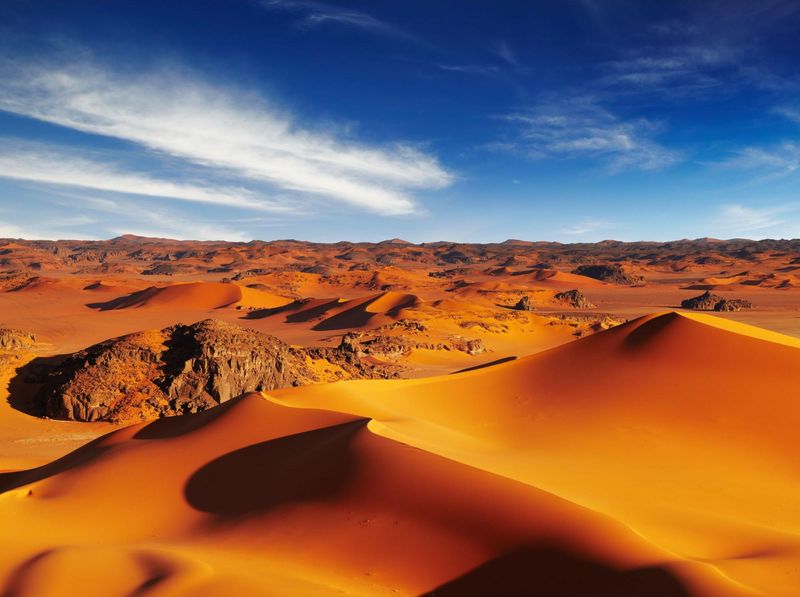
Around 7 million years ago, the Sahara Desert began forming, creating an immense ecological barrier that prevented many species from entering Africa from Eurasia. This vast desert acts like a natural wall spanning nearly the entire northern portion of the continent.
Few large predators could survive crossing such an inhospitable environment with extreme temperatures and scarce water. Even during periods when the Sahara was less arid, the challenging conditions deterred migration of species like bears and tigers.
The desert effectively isolated sub-Saharan Africa’s ecosystems, allowing them to develop independently.
Ecological Niches Were Already Filled
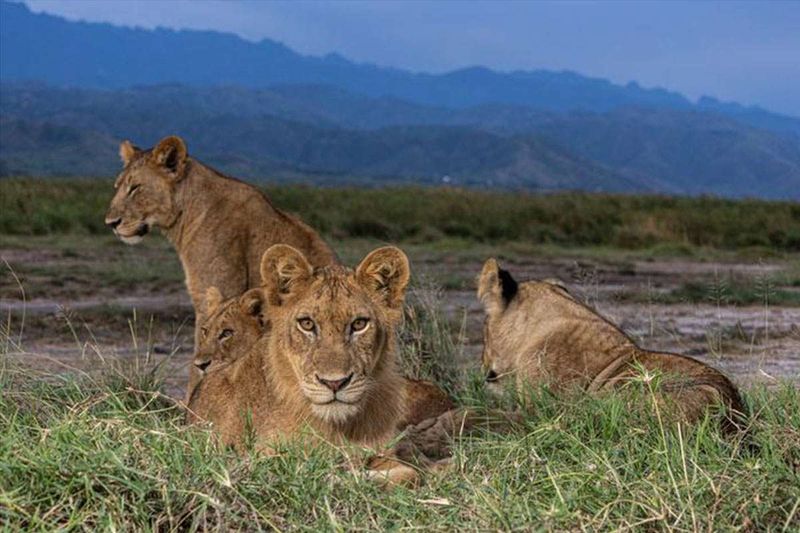
Africa already had its own impressive lineup of predators when other species were evolving elsewhere. Lions, leopards, and hyenas dominated the large predator niches that tigers or jaguars might have filled.
Competition for resources is fierce in nature, and introducing a new predator into an ecosystem with established hunters rarely succeeds. African predators had already adapted perfectly to local conditions and prey species over millions of years.
This ecological balance meant there simply wasn’t room for additional large carnivores like tigers or bears to establish themselves, even if they had somehow reached the continent.
Jaguars Evolved In The Americas
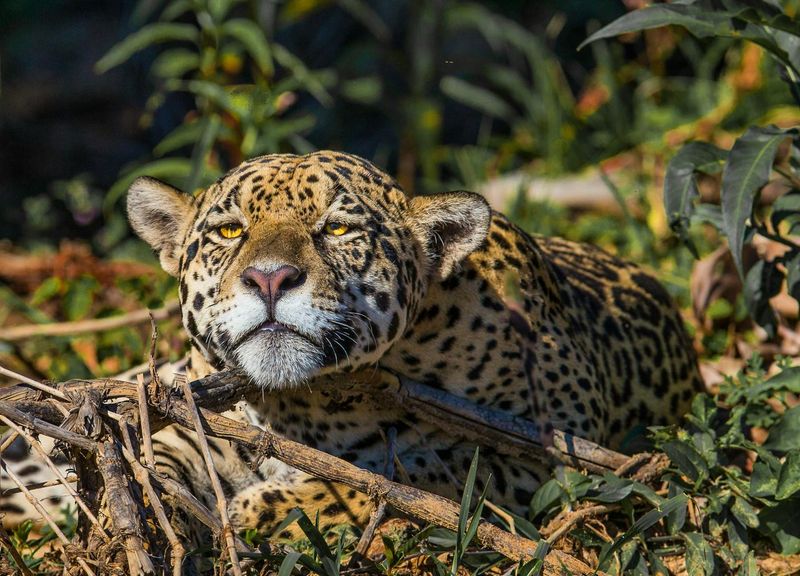
Jaguars have a fascinating evolutionary history that began in Asia. Their ancestors crossed from Asia to North America via the Bering land bridge approximately 2 million years ago, eventually spreading throughout the Americas.
By the time jaguars were establishing themselves as apex predators in American rainforests and wetlands, Africa was completely inaccessible to them. The Atlantic Ocean formed an impassable barrier between the Americas and Africa.
Without human intervention, there was simply no way for jaguars to naturally migrate to Africa from their American strongholds.
Bears Require Specific Habitats
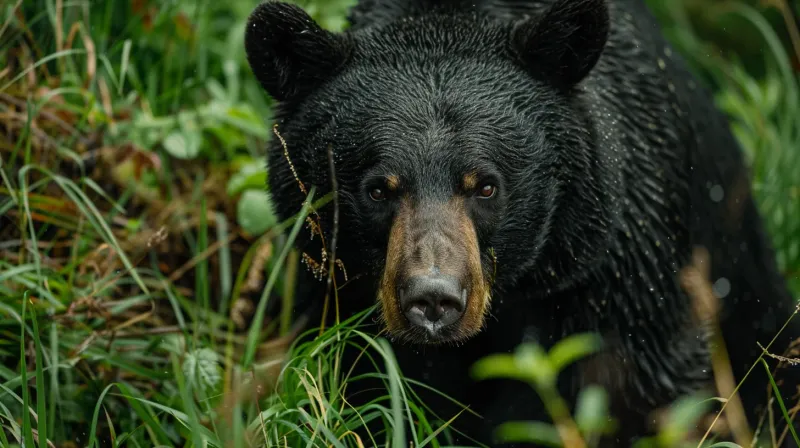
Most bear species evolved to thrive in temperate or cold environments with distinct seasons. They developed specialized adaptations like hibernation and thick fur that serve little purpose in Africa’s predominantly tropical and subtropical climates.
Bears also depend heavily on seasonal food sources like berries, nuts, and salmon runs that are less common in African ecosystems. Africa’s hot, dry conditions would make survival challenging for most bear species.
The exception might have been the Atlas bear, which once lived in North Africa’s Atlas Mountains but went extinct, likely due to human hunting and habitat destruction.
Alligators Are Native To Americas Only
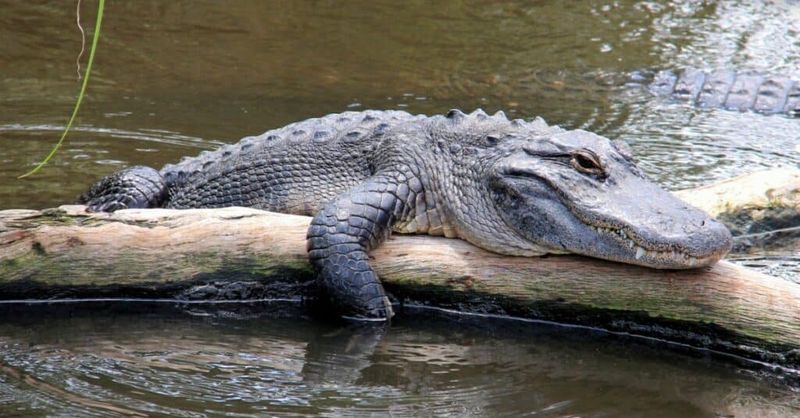
True alligators evolved exclusively in the Americas and are found nowhere else naturally. While Africa has its own impressive reptilian predators – like the Nile crocodile – alligators never made it to African waters.
Crocodiles and alligators share ancient ancestors but diverged evolutionarily around 80 million years ago. Crocodiles spread worldwide, including to Africa, while alligators remained confined to the Americas.
The distinction matters: crocodiles generally tolerate saltwater better than alligators, which helped them spread across oceans to different continents while alligators remained geographically limited.
Africa Has Its Own Big Cats
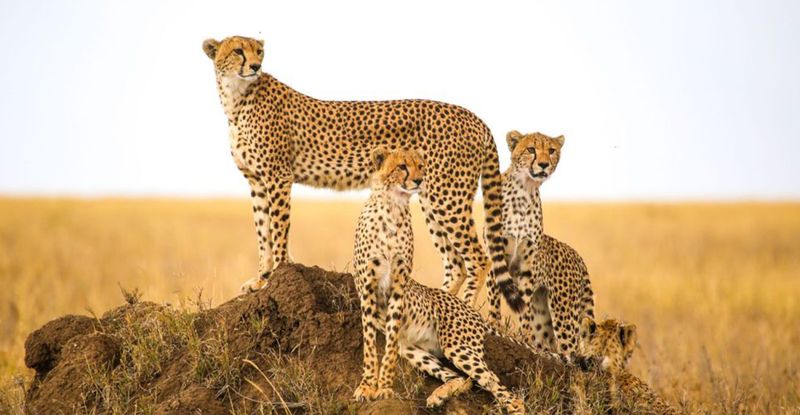
Africa developed its own specialized big cats through evolutionary processes. Lions and leopards dominate the landscape, perfectly adapted to African habitats and prey species.
These native cats already filled the ecological roles that tigers or jaguars would occupy. Lions hunt in prides across open savannas, while leopards master solitary hunting in diverse habitats from forests to grasslands.
The cheetah offers yet another specialized predator niche with its incredible speed. With these cats already established across various African ecosystems, there simply wasn’t evolutionary pressure or opportunity for other big cat species to establish themselves.
Climate Incompatibility For Some Species
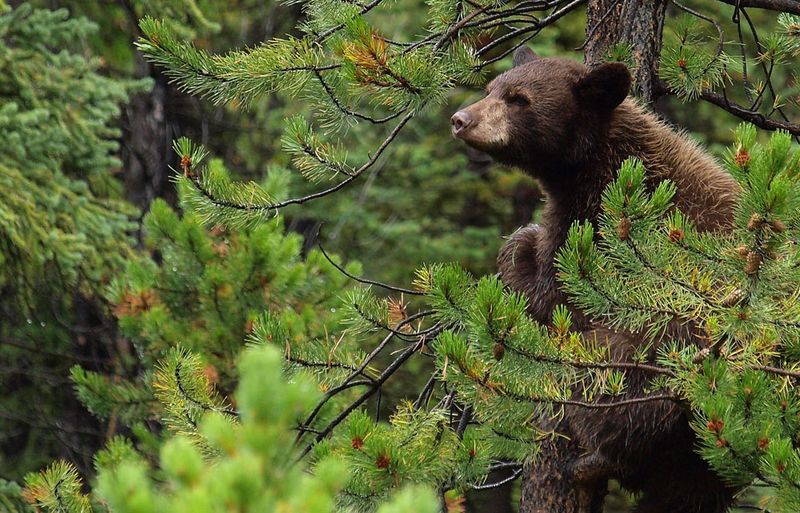
Many bear species thrive in cool, forested environments with seasonal changes that support hibernation. Africa’s predominantly warm climate with less dramatic seasonal shifts would be unsuitable for species like brown bears or black bears.
Similarly, tigers evolved to hunt in dense Asian jungles and snowy Siberian forests – environments quite different from Africa’s open savannas. Their hunting techniques and physical adaptations wouldn’t translate well to African landscapes.
Climate plays a crucial role in determining where species can survive and reproduce successfully, making much of Africa incompatible with the biological needs of these non-African predators.
Water Bodies Prevented Migration
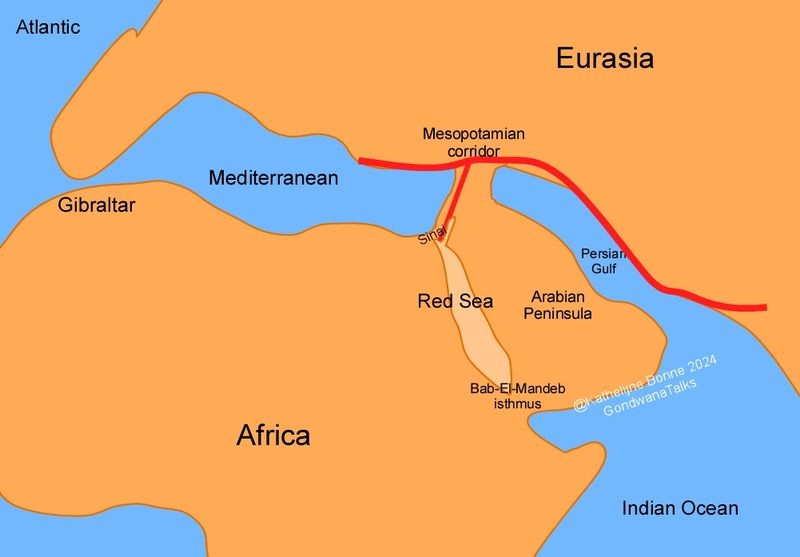
The Mediterranean Sea and Red Sea create formidable barriers between Africa and Eurasia where bears and tigers evolved. Large predators typically cannot swim across major bodies of water, effectively isolating continents from one another.
Even during ice ages when sea levels dropped, these water barriers remained substantial enough to prevent migration. The narrowest point of the Red Sea is still approximately 29 kilometers wide – far too great a distance for large land predators to cross.
These geographical barriers have kept Africa’s wildlife distinct from other continents for millions of years, explaining the absence of many species.
Different Evolutionary Timelines
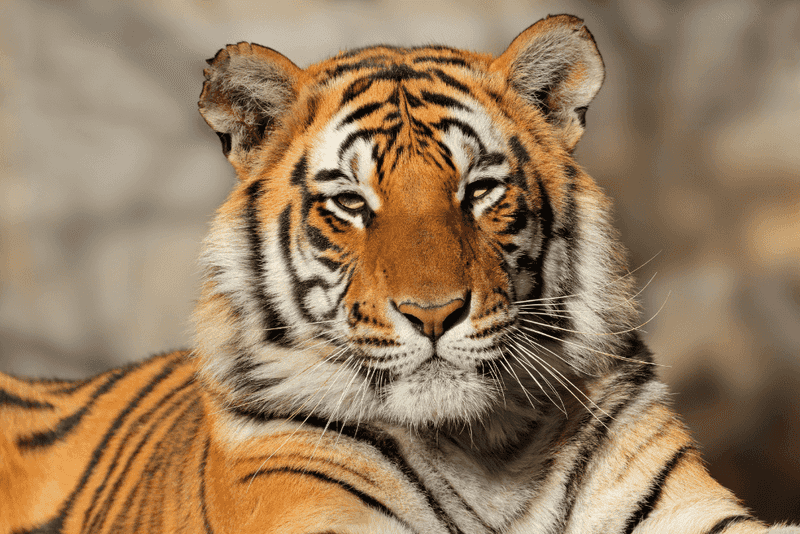
The ancestors of modern tigers, jaguars, and certain bear species appeared on Earth relatively recently in evolutionary terms – long after Africa had become isolated from other continents. Tigers, for example, evolved approximately 2 million years ago in Asia.
By comparison, Africa’s iconic predators like lions have ancient lineages on the continent dating back much further. This timing difference meant newer predator species that evolved elsewhere simply had no opportunity to reach Africa.
Evolution doesn’t happen simultaneously across the globe, creating distinct animal communities on different continents based on when and where species developed.
Competition From African Crocodiles
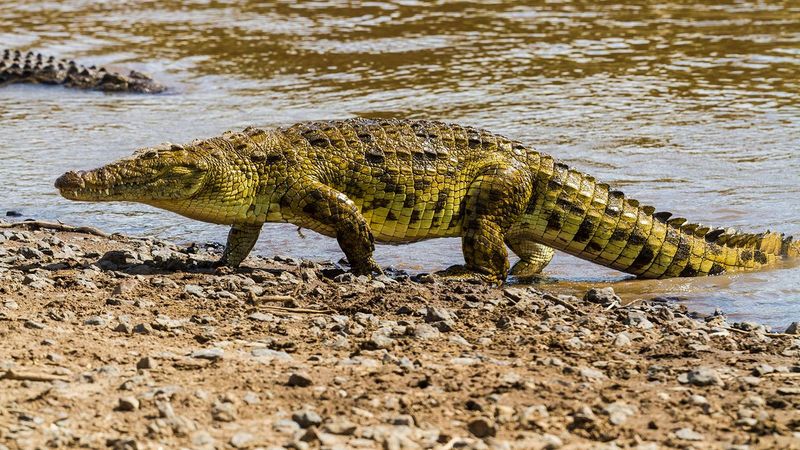
Africa’s rivers and lakes are dominated by Nile crocodiles – among the largest and most aggressive crocodilian species on Earth. These ancient reptiles have occupied Africa’s waterways for millions of years, growing up to 20 feet long and weighing over 1,600 pounds.
American alligators would face overwhelming competition from these established apex predators if they somehow reached Africa. Nile crocodiles are generally larger and more aggressive than alligators, giving them a competitive edge in direct confrontations.
When ecological niches are already filled by well-adapted native species, newcomers rarely succeed in establishing themselves.
Human Introduction Never Occurred
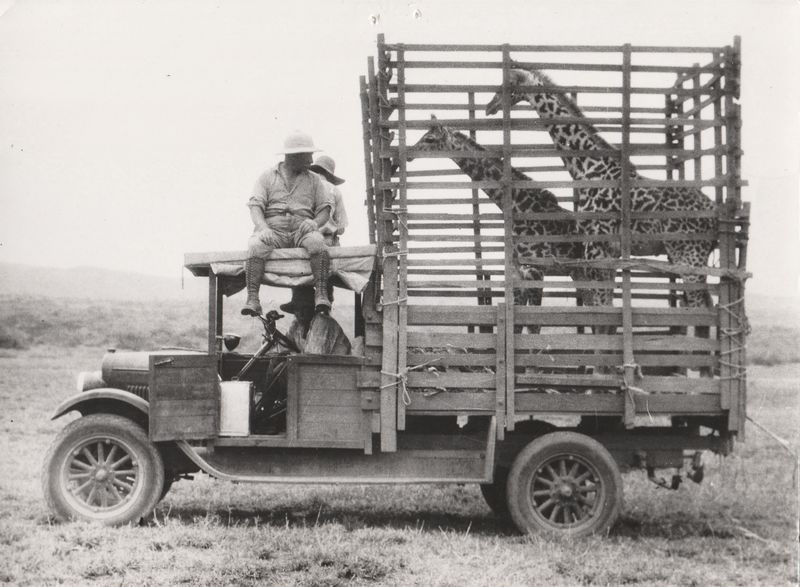
Throughout history, humans have introduced species to new continents, both accidentally and deliberately. Surprisingly, despite centuries of trade and colonization, people never successfully introduced tigers, bears, alligators, or jaguars to Africa in a way that established wild populations.
European colonizers often transported exotic animals between continents, but practical challenges prevented establishing breeding populations of these large predators in Africa. The danger these animals posed to humans and livestock also made intentional introduction unlikely.
Modern conservation ethics now strongly discourage introducing non-native predators to new ecosystems due to potentially devastating consequences.
Natural Selection Favored Different Predators
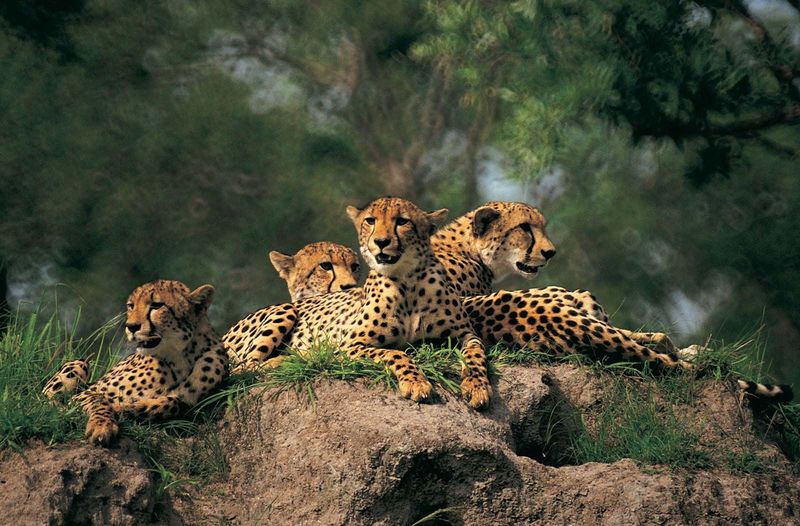
Africa’s unique environmental pressures shaped the evolution of specialized predators perfectly suited to local conditions. The continent’s open savannas favored social hunters like lions, while its varied landscapes allowed for specialized hunters like cheetahs.
Natural selection works with existing genetic material in a region. Since the ancestors of tigers, jaguars, and most bear species weren’t present in Africa during crucial evolutionary periods, they couldn’t adapt to African conditions.
Over millions of years, Africa’s distinct evolutionary laboratory produced its own magnificent predators without incorporating the lineages that would become tigers, bears, and jaguars elsewhere.
The Extinct Atlas Bear Exception
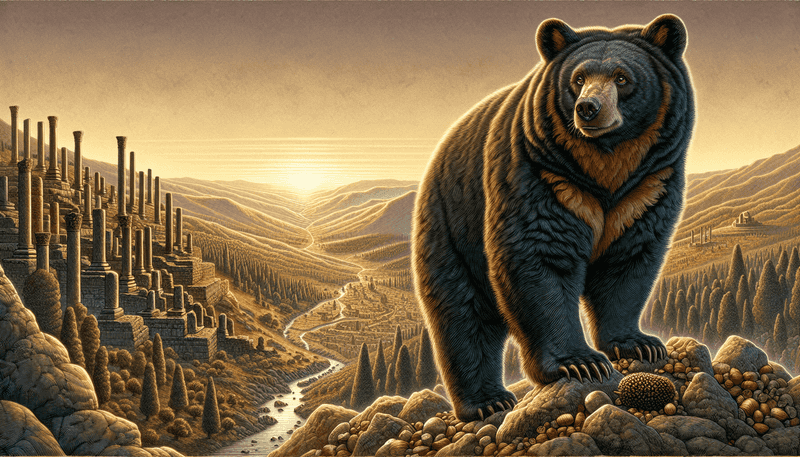
Interestingly, one bear species did once roam part of Africa – the Atlas bear, native to the Atlas Mountains of North Africa. This now-extinct species was Africa’s only native bear, living in what is now Morocco, Algeria, and Tunisia.
The Atlas bear was likely a subspecies of the brown bear that became isolated in North Africa. Unfortunately, it was hunted to extinction by the late 19th century, with the last confirmed kill in Morocco around 1870.
This exception actually proves the rule – bears generally couldn’t thrive in most African environments, with only this one species adapting to the unique mountain habitat in the continent’s northernmost region.

